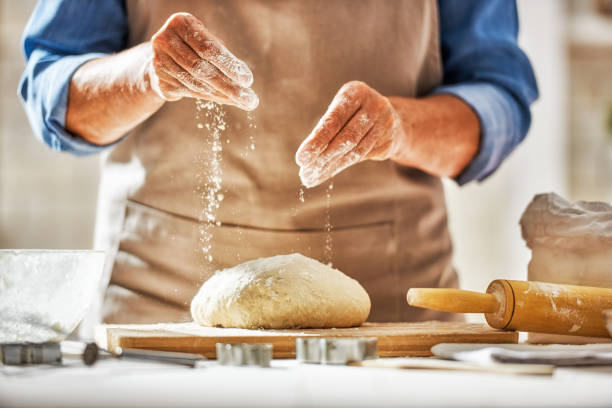Using a Bread Machine: My Personal Experience
I decided to give the bread machine another go (despite the
fact that it proved to be quite challenging) because of the affordable price
(in contrast to other meals processors). I gave the wheat, bran, and sesame
seed recipes a shot. After taking a short rest, we gave the machine another try
and kneaded for another hour or so. It was a good outcome for the bread.
It may be difficult to get the dough to rise properly when
using 100% wholemeal flour/bran. Using a bread machine simplifies the process significantly.
If you don't bake bread with 100% whole grains, you'll never be able to beat
me.
I can let the wheat soak up the additional moisture as I
knead, relax, knead, and relax in the bread machine. The main problem with
kneading by hand is eliminated by the bread machine.
The bread machine has also allowed me to bake bread outside
during the warmer months. We don't bake bread for nearly six months out of the
year since it's too hot to cook indoors and we rarely use the rice cooker in
the summer. The bread machine eliminates a lot of the effort required. The
bread machine doesn't automatically turn off after baking, I discovered by
accident.
In the last decade, oven baking has made remarkable strides.
All right, go ahead and mix, knead, let rise, and bake three 2.5-kilogram
loaves of bread. But the digital control is much more extensive, allowing you
to bake the ideal loaf for any type of bread with its dedicated settings for
white bread, contemporary bread, the best bran bread,
and French bread (crisp crust, open texture). If you're making bread with
raisins (or any other dried fruit), the machine will give you a signal when
it's time to add the fruit so that it doesn't get crushed during the kneading
process.
Timely and directly from a dispenser in the machine's top,
the yeast is delivered. Fast bread and sweet pastries like banana and
gingerbread can also be made without yeast.
The timer may be set up to 13 hours in advance, allowing you
to prepare fresh bread or desserts for breakfast or dinner by kneading and
rising dough for baked dishes like pizzas, focaccia, and croissants. It is 14
inches wide, 13.5 inches tall, and 9 inches deep, and it is made of metal with
a 550W power rating. Bakers will love this as a means of support or incentive.
You can save money in the long run if you stop buying bread from the shop.



Comments
Post a Comment